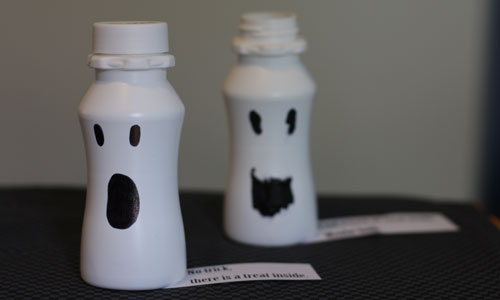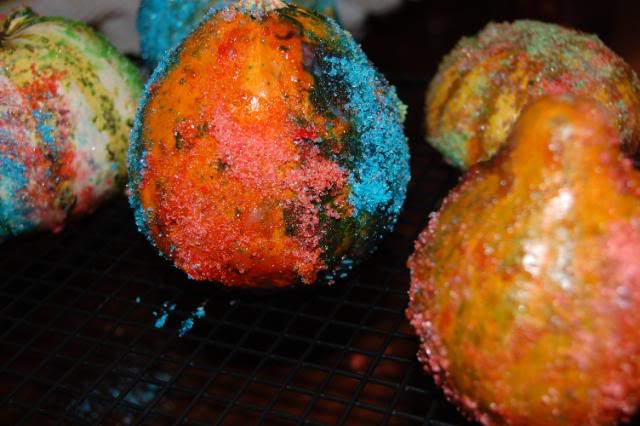Â
Is your child’s preschool classroom set up to teach social skills? The best way to assess the emotional climate of a classroom is to spend an hour or more as a visitor. Pay special attention to how teachers interact with children to promote the development of emotional and social skills.
Â
The Environment
Â
Here are just a few examples of what you might see in different interest areas:
Â
House corner: Props that represent different cultural groups; dress-up clothes that inspire children to reenact previous experiences.
Â
Table toy area: Duplicates of favorites to minimize the demands for sharing; a sand-timer or waiting list so children know when their turn comes.
Â
Cooking: A class cookbook of recipes the children have tried, with photographs of the cooks and illustrations by the children.
Â
Library area: Books featuring people of different cultures, different kinds of families, people with disabilities, and stories on topics such as friendships, helping others, handling conflicts, and dealing with fears.
Â
Art area: Paints and crayons in a variety of skin tones.
Â
The Teachers
Â
The most important indicator of a positive social climate is how teachers interact with children. When you visit, look and listen from the perspective of your child. It’s a good sign if you see teachers doing the following:
Â
Bending down to talk with a child at her eye level.
Â
Helping children to appreciate each other’s strengths and interests: “I bet Tyrone can help you with that puzzle. You know how he likes puzzles.”
Â
Accepting mistakes as part of the learning process.
Â
Describing the behavior they want to see in positive terms: “Keep the water inside the water table. The floor gets slippery if it’s wet.”
Â
Encouraging children to help one another.
Â
Demonstrating good manners.
Â
Interpreting feelings so children learn to recognize how others feel: “Look at Andre’s face. Can you see how upset he is? Let’s see what we can do to help.”
Welcoming families to visit at any time and encouraging them to participate and contribute to the program.
Â
What You Should Not See
Â
Teachers focusing on children’s misbehavior without dealing with the problems that cause it.
Â
Children being sent to a time-out chair to sit and think about what they did wrong.
Â
Teachers talking down to children or shouting at them from across the room.
Â
Standards for behavior that are not age-appropriate, such as having children sit quietly or wait in line for long periods.
Â
Questions to Ask
Â
What are your most important goals for children who attend this preschool?
Â
How do you help children learn to get along well with others?
Â
How do you help a child who is very shy or timid?
Â
How do you handle a child who is very aggressive?
Â
What rules do you have for your classroom and how do children learn about them?
Â
For what reasons would a child be disciplined and how?
Â
How do you help children learn to solve conflicts?
Â









